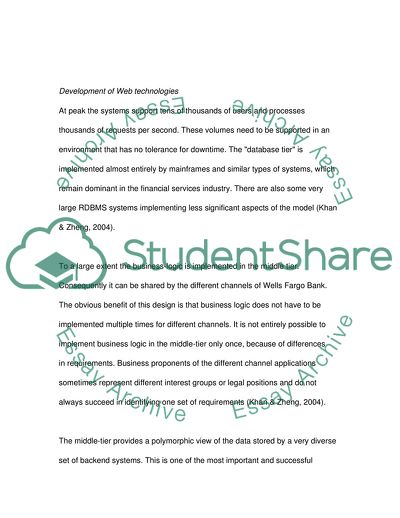Cite this document
(Comparison of CORBA and Web Services Essay Example | Topics and Well Written Essays - 2500 words, n.d.)
Comparison of CORBA and Web Services Essay Example | Topics and Well Written Essays - 2500 words. https://studentshare.org/information-technology/1711987-a-comparison-of-corba-and-web-services
Comparison of CORBA and Web Services Essay Example | Topics and Well Written Essays - 2500 words. https://studentshare.org/information-technology/1711987-a-comparison-of-corba-and-web-services
(Comparison of CORBA and Web Services Essay Example | Topics and Well Written Essays - 2500 Words)
Comparison of CORBA and Web Services Essay Example | Topics and Well Written Essays - 2500 Words. https://studentshare.org/information-technology/1711987-a-comparison-of-corba-and-web-services.
Comparison of CORBA and Web Services Essay Example | Topics and Well Written Essays - 2500 Words. https://studentshare.org/information-technology/1711987-a-comparison-of-corba-and-web-services.
“Comparison of CORBA and Web Services Essay Example | Topics and Well Written Essays - 2500 Words”. https://studentshare.org/information-technology/1711987-a-comparison-of-corba-and-web-services.


